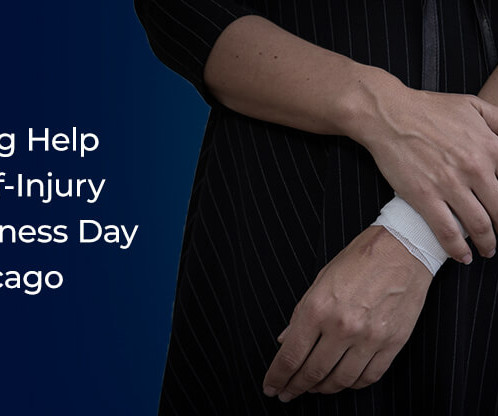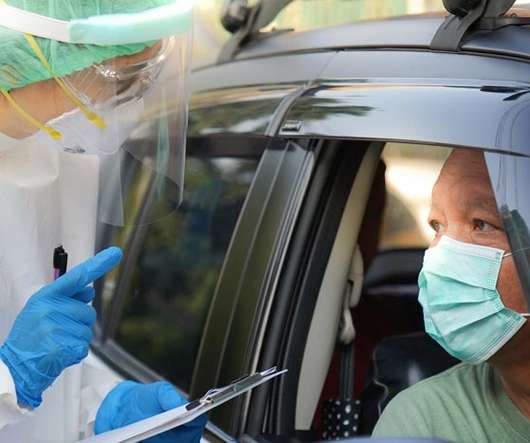Mental Health Check-in
Abuse Survivor
MARCH 22, 2022
I think anyone would under my circumstances of life plus debilitating PTSD symptoms. I have to remember that I wake up with a certain amount of stress and accept that I’m not running around like someone that doesn’t have PTSD so I need to give myself a break. I will work on my patience and self compassion this week.

















Let's personalize your content